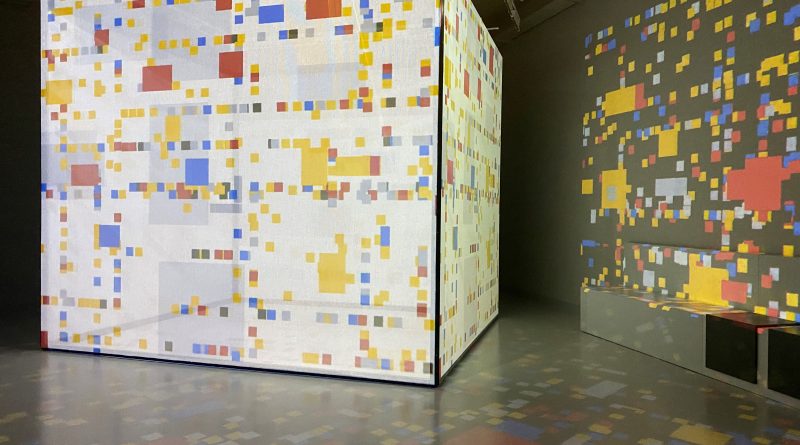Mondrian the Modernist
Piet Mondrian was a Dutch painter and art theoretician who is regarded as one of the greatest artists of the 20th century.
He was born in Amersfoort about 40 kilometres south of Amsterdam. There is a museum here today in his childhood home dedicated to his life and work.
He is known for being one of the pioneers of 20th-century abstract art, as he changed his artistic direction from figurative painting to an increasingly abstract style, until he reached a point where his artistic vocabulary was reduced to simple geometric elements.
Mondrian’s art was highly utopian and was concerned with a search for universal values and aesthetics.He applied his theory and worldview to all elements of his life – living a simple but highly structured existence. He never married claiming his partner would not be able to accommodate his rigorous aesthetic senses. He designed his own furniture using the same geometric elements in his approach.
It was with his arrival in Paris from the Netherlands in 1911, that Mondrian encountered experiments in Cubism
He proclaimed in 1914: “Art is higher than reality and has no direct relation to reality. To approach the spiritual in art, one will make as little use as possible of reality, because reality is opposed to the spiritual.Art should be above reality, otherwise it would have no value for man.”
He was a contributor to the De Stijl art movement and group, which he co-founded with Theo van Doesburg. He evolved a non-representational form which he termed Neoplasticism. This was the new ‘pure plastic art’ which he believed was necessary in order to create ‘universal beauty’.
To express this, Mondrian eventually decided to limit his formal vocabulary to the three primary colors (red, blue and yellow), the three primary values (black, white and gray) and the two primary directions (horizontal and vertical).
Mondrian’s work had an enormous influence on 20th century art, influencing major styles and art movements such as Abstract Expressionism and Minimalism, but also fields outside the domain of painting, such as design, architecture and fashion. His name became symbolic of Modernism.
With the Nazis rise to power in the 1930s and the categorisation of Mondrian ‘s work as degenerative , along with that of other modernists , such as those involved in the Bauhaus movement, Mondrian fled his home in the Netherlands first to London and then two years later to New York where he remained for the rest of his life .Here he mixed with other avant- garde artists and created perhaps his greatest work Broadway Boogie Woogie in 1943 a year before his death..




